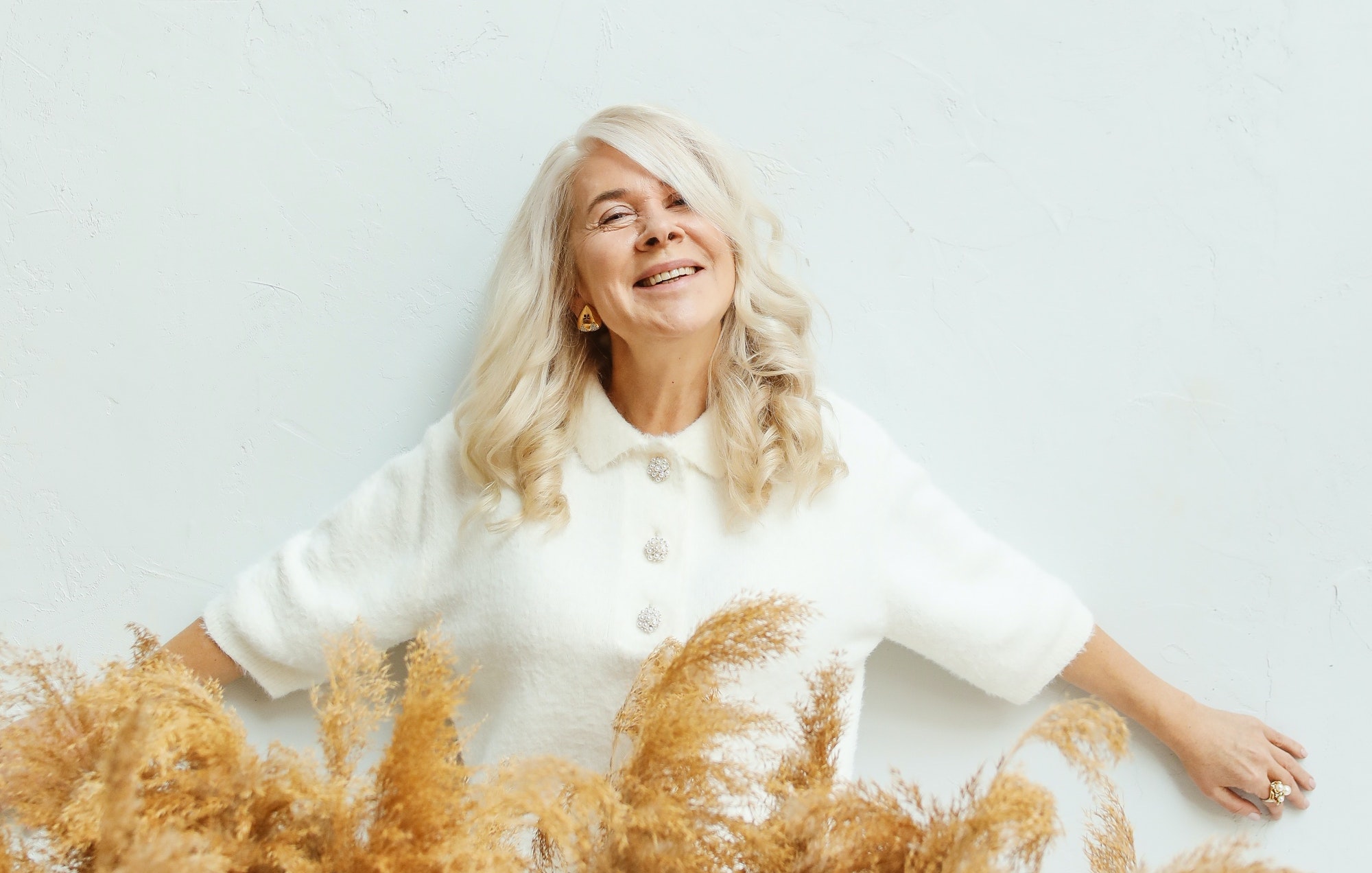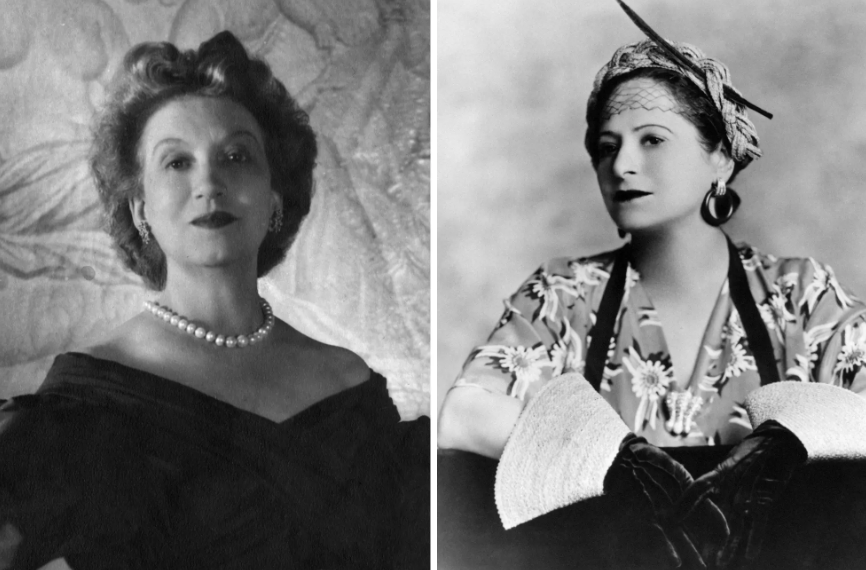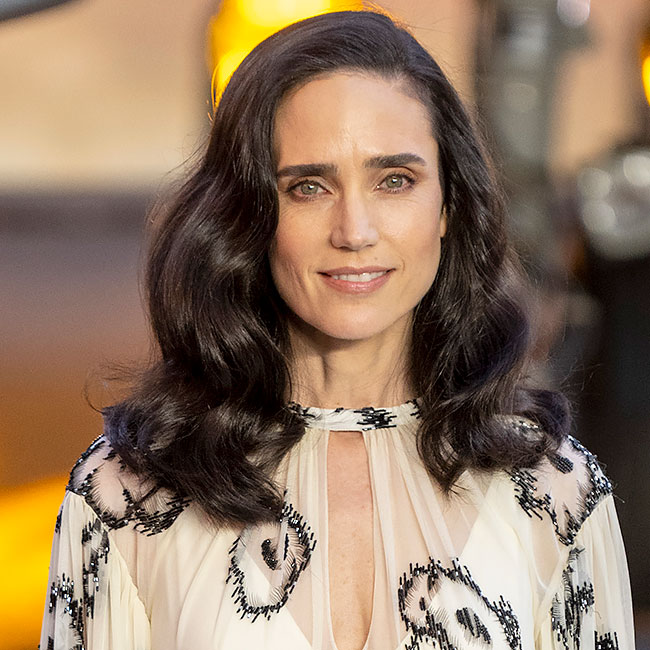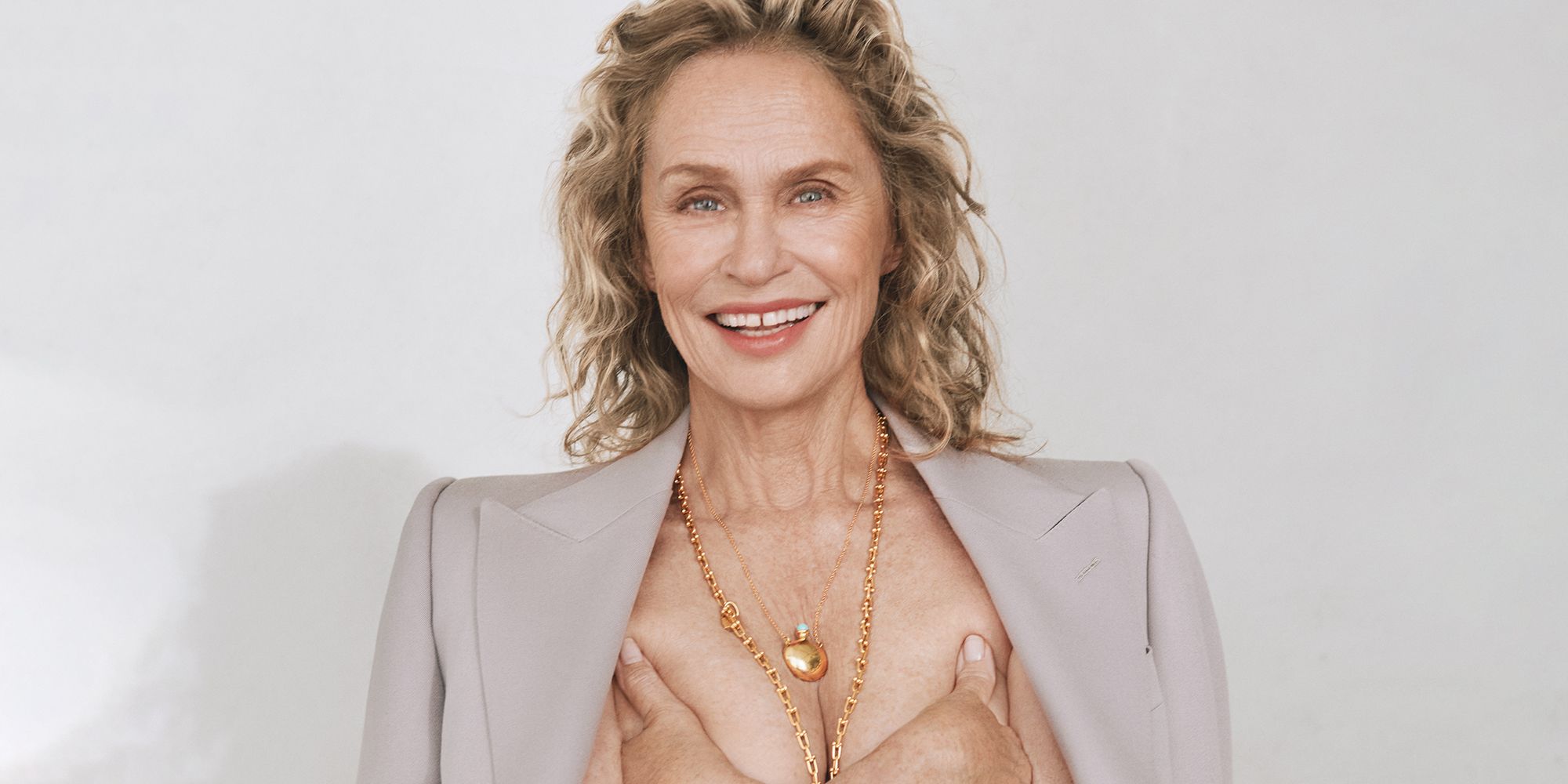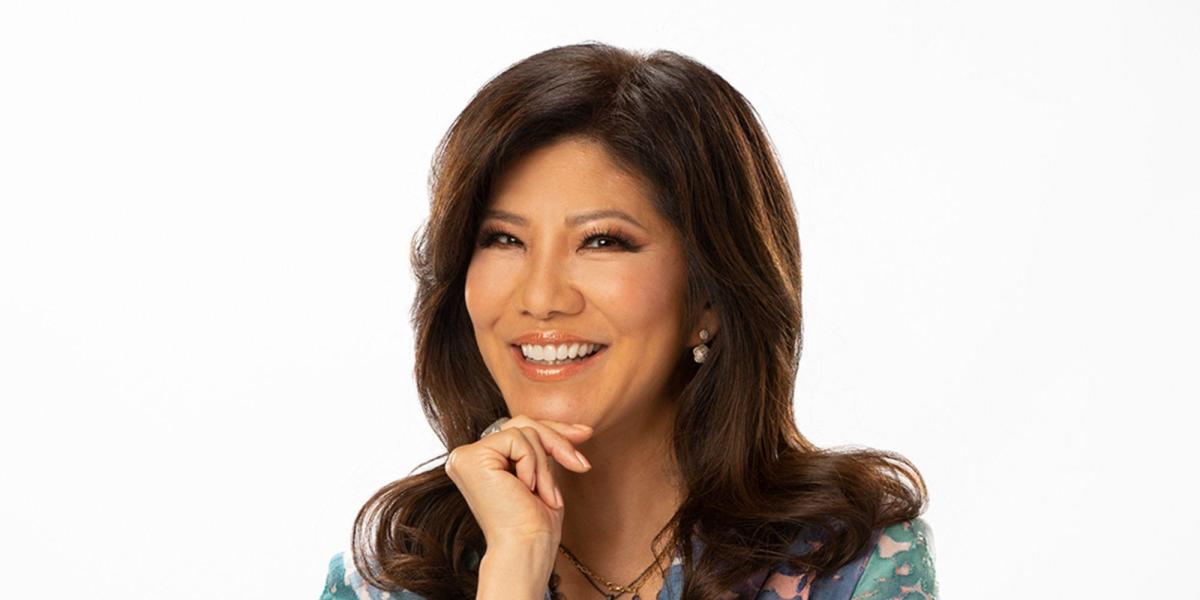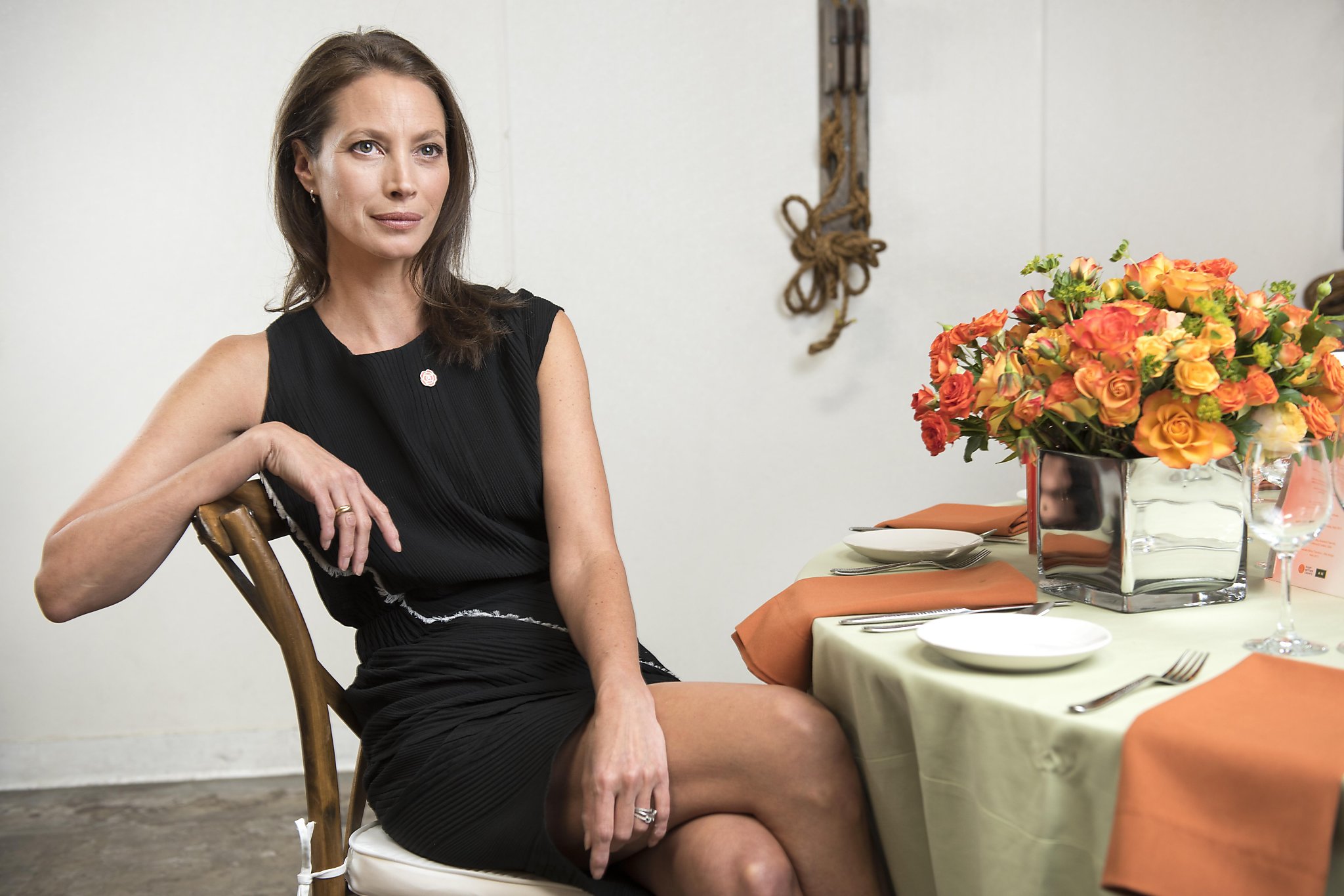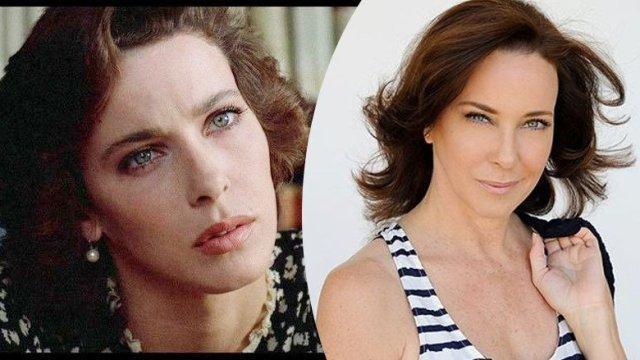Let’s Talk About Inner Beauty
Inner beauty is a concept that refers to a person’s personality, values, beliefs, and character traits that make him or her a good, kind, and compassionate human being. It is often contrasted with physical beauty, which refers to a person’s external appearance. The idea of inner beauty is rooted in the belief that true beauty comes from within and that a person’s character and personality are more important than their physical appearance. Cultivating inner beauty through qualities such as kindness, empathy, and compassion can lead to a more fulfilling and meaningful life. While physical beauty is often emphasized in our society, the concept of inner beauty has become top of mind, especially as avenues to enhance mental and emotional well-being.
Traditional Beauty Standards
Traditional beauty standards are societal or cultural norms that define what is considered beautiful or attractive in terms of physical appearance. These standards are often based on a narrow, idealized concept of beauty that is perpetuated through media, advertising, and other forms of popular culture. In many cultures, traditional beauty standards prioritize certain physical characteristics over others. For example, in Western societies, traditional beauty standards often prioritize a slim, toned body with clear skin, symmetrical features, and long hair. In some Eastern cultures, pale skin and a small, delicate frame may be considered more desirable.
Traditional beauty standards can be harmful because they create unrealistic expectations and pressures on individuals to conform to a narrow definition of beauty. This can lead to body shaming, low self-esteem, and negative body image, particularly among those who do not fit the idealized standard. In recent years, there has been a movement towards promoting inclusivity and diversity in beauty, challenging traditional beauty standards and embracing a broader range of body types, skin tones, and physical features. The body positivity and self-love movements, encourage us to embrace our unique qualities and reject societal pressures to conform to traditional beauty standards.
Selling “Beauty”
Beauty companies often point out people’s flaws in their marketing because they are trying to create a need for their products. By emphasizing flaws or insecurities, beauty companies create a sense of inadequacy in their audience, making them more likely to purchase products that promise to address those flaws. In other words, beauty companies use the tactic of “problem-solution” marketing, where they present a problem (a flaw or insecurity) and then offer a solution (their product) to fix that problem. By making consumers feel self-conscious about their appearance, beauty companies can convince them that their products are necessary to achieve the beauty standards that they promote.
However, this approach can have negative effects on individuals’ self-esteem and body image, as it reinforces the idea that one’s worth is tied to their appearance and that flaws should be hidden or fixed. This can contribute to a harmful cycle of insecurities and dissatisfaction with one’s appearance, which can be damaging to mental health and well-being.
It’s important to note that not all beauty companies engage in this kind of marketing, and some have adopted more positive and inclusive approaches that focus on promoting self-love and acceptance. By challenging the traditional beauty standards and promoting a more diverse and inclusive representation of beauty, these companies are helping to shift the conversation around beauty towards a more positive and empowering direction.
Body Positivity
The body positivity movement emerged in the 1960s as part of the feminist movement, which sought to challenge traditional beauty standards and promote a more inclusive definition of beauty. In the 1990s, the movement gained further momentum with the emergence of “fat acceptance” and the recognition that people of all shapes and sizes should be accepted and celebrated. The term “body positivity” was first coined in 1996 by Connie Sobczak and Elizabeth Scott, the founders of The Body Positive organization. The movement emphasizes the importance of self-love and acceptance, encouraging individuals to embrace their bodies as they are rather than striving for an idealized beauty standard.
Over the years, the body positivity movement has expanded to include a broader range of identities and experiences, such as those of people with disabilities, those with scars or other visible differences, and those who identify as LGBTQ+. Today, body positivity is a widely recognized movement that promotes acceptance and celebration of all bodies.
The body positivity movement has been shown to have a positive impact on individuals’ self-esteem and body image:
- According to a 2014 survey conducted by the National Eating Disorders Association, 80% of women reported that seeing images of real women in media and advertising made them feel better about their own bodies.
- A study published in the Journal of Health Psychology in 2016 found that exposure to body positivity messages can lead to increased self-esteem and body satisfaction, as well as a decrease in negative body image.
- A study published in the International Journal of Eating Disorders in 2019 found that participants who received a body positivity intervention reported significant improvements in body image, self-esteem, and eating behaviors.
Overall, these statistics demonstrate that the body positivity movement can have a positive impact on individuals’ self-esteem, body image, and overall well-being. By promoting self-love, acceptance, and inclusivity, the movement is challenging traditional beauty standards and helping individuals to embrace their unique qualities.
Embracing Inner Beauty
Many brands have recognized the importance of inner beauty and have incorporated this concept into their marketing and branding strategies. Some brands that have promoted the idea of inner beauty include:
- Dove: Dove’s “Real Beauty” campaign has been a long-standing supporter of inner beauty. The campaign features women of all shapes, sizes, and ages, emphasizing the importance of self-love and acceptance.
- Sephora: Sephora has been a strong advocate for inclusivity and diversity in the beauty industry. The company’s “We Belong to Something Beautiful” campaign celebrates diversity in beauty and emphasizes the importance of inner beauty.
- Aerie: Aerie’s “Real Me” campaign promotes self-love and acceptance. The campaign features unretouched photos of women of all shapes and sizes, emphasizing the importance of inner beauty and confidence.
- L’Oreal Paris: L’Oreal Paris has been a long-time supporter of the body positivity movement. The company’s “Because I’m Worth It” campaign encourages women to embrace their unique qualities and feel confident in their own skin.
- Glossier: Glossier’s brand is built around the concept of “skin first, makeup second.” The company emphasizes the importance of taking care of one’s skin and inner beauty, rather than masking imperfections with makeup.
There have also been many recent marketing campaigns that reject traditional beauty standards and promote inclusivity and diversity, such as:
- Fenty Beauty: Rihanna’s Fenty Beauty line is known for its inclusive shade range, with foundation shades for a wide range of skin tones. The brand’s “Beauty for All” campaign promotes inclusivity and diversity in beauty, challenging traditional beauty standards.
- Nike: Nike’s “Dream Crazier” campaign features female athletes breaking down barriers and challenging societal expectations. The campaign encourages women to reject traditional beauty standards and embrace their strength and athleticism.
- Knix: Knix, a lingerie brand, launched its Evolution campaign in 2020, which featured models of different ages, sizes, and skin tones. The campaign aimed to promote body positivity and encourage women to embrace their bodies at every stage of life.
- Savage X Fenty by Rihanna: Savage X Fenty, Rihanna’s lingerie brand, has been praised for its inclusive messaging and diverse representation of models. The brand’s marketing campaigns feature models of all sizes, ages, and ethnicities, and aim to celebrate the beauty of all bodies.
- Billie: Billie, a women’s razor brand, launched its Project Body Hair campaign in 2018, which featured women with body hair. The campaign aimed to challenge the societal expectation that women should remove their body hair, and to promote body positivity and self-love.
- Skims: Kim Kardashian’s Skims shapewear brand has also launched a number of campaigns aimed at promoting body positivity and inclusivity. For example, the brand’s Solutionwear campaign featured models of different sizes, ages, and ethnicities, and aimed to challenge traditional beauty standards.
These campaigns have been successful in promoting a more inclusive and diverse definition of beauty, challenging traditional beauty standards and encouraging individuals to embrace their unique qualities.
Focus Inward
Positive practices can be key to helping keep focus on all the goodness inside, which is far more valuable and important than external appearance. Some tips to focus inward include:
- Practicing mindfulness: Engaging in mindfulness practices such as meditation, yoga, or deep breathing exercises can help individuals focus on the present moment and become less preoccupied with their appearance.
- Developing a sense of purpose: Pursuing meaningful activities that align with one’s values and goals can help individuals focus less on their appearance and more on achieving their desired outcomes.
- Surrounding yourself with positive influences: Spending time with people who value inner qualities and are less focused on appearance can help individuals shift their own focus away from appearance.
- Engaging in self-care: Taking care of one’s physical, emotional, and mental health can help individuals feel more confident and less preoccupied with their appearance.
- Challenging negative self-talk: Encouraging individuals to challenge their negative self-talk and focus on their positive qualities can help shift their focus away from their appearance.
- Engaging in activities that promote self-expression: Engaging in creative activities such as writing, painting, or dancing can help individuals express themselves in ways that are not focused on their appearance.
Overall, the key is to focus on inner qualities, values, and goals rather than solely what is seen on the outside. By cultivating a sense of purpose, positive self-talk, and self-care, you can become more confident and less preoccupied with your appearance.
Cultivating Inner Beauty
Additionally, there are several ways you can cultivate a sense of inner beauty:
- Focus on your strengths: Instead of dwelling on your flaws, focus on your strengths and positive qualities. Celebrate your accomplishments and remind yourself of your unique talents and abilities.
- Engage in meaningful activities: Pursue activities that bring you joy and fulfillment, whether it’s a hobby, volunteering, or spending time with loved ones. This can help you feel more connected to your passions and values.
- Practice gratitude: Take time each day to reflect on the things in your life that you’re grateful for. This can help you cultivate a sense of positivity and appreciation for the good things in your life.
- Surround yourself with positive influences: Spend time with people who uplift and support you. Surrounding yourself with positive influences can help you feel more confident, secure, and loved.
By practicing these habits, you can cultivate a sense of beauty that comes from within. Remember that inner beauty is not about how you look, but rather about how you feel and how you treat others. With time and practice, you can develop a strong sense of self-love, acceptance, and inner beauty.


